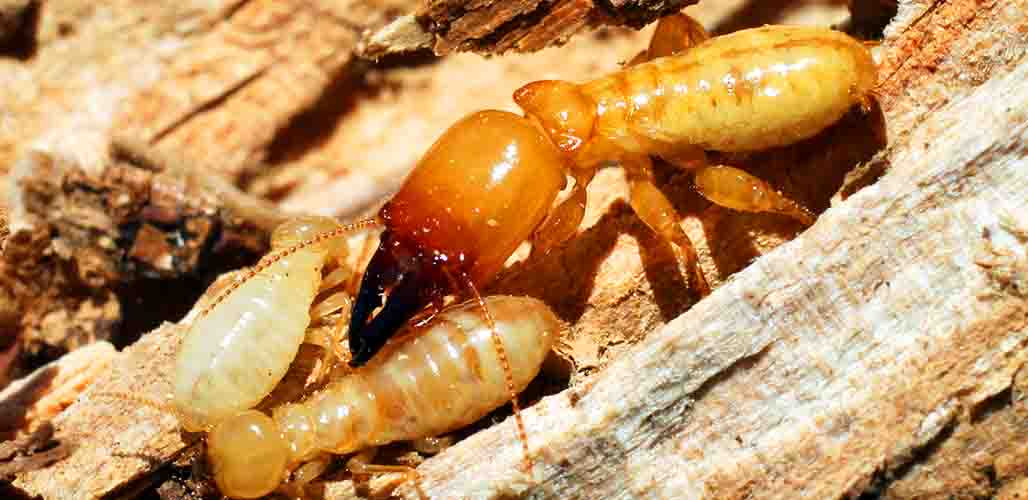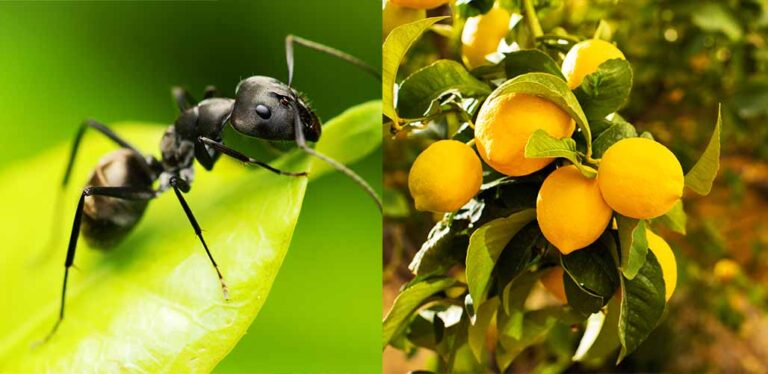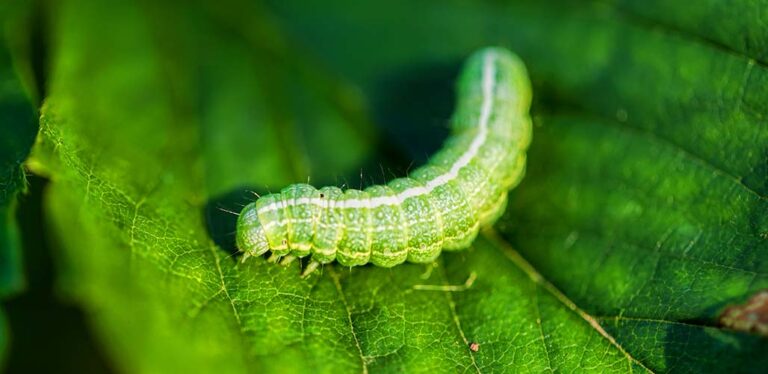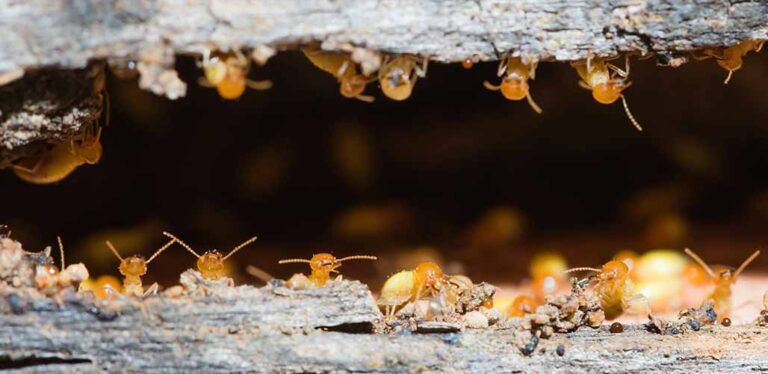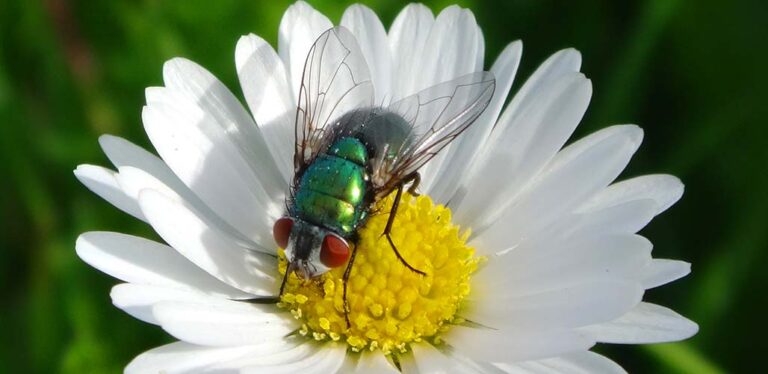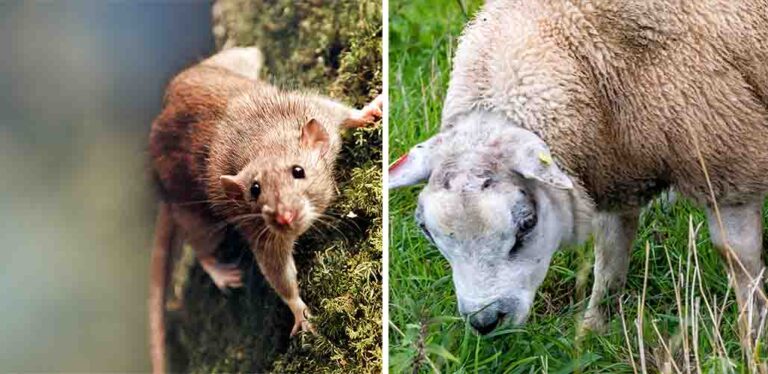Are Termites Different Sizes?
Are termites different sizes? These tiny creatures are actually harder to identify than most of us realize, mostly because they rarely come into the light unless they are looking for a new home. Termites can also look quite different depending on their type, their function within the colony, their age, their gender and their species, among other factors. So how can you tell whether that insect you just spotted is, in fact, a termite? Today I’ll share everything you need to know about termite size!
Contents
- Are termites different sizes?
- What is the smallest termite?
- How big are termites with wings?
- Is this bug a termite?
- What looks like a termite?
Are Termites Different Sizes?
Termites can definitely be different sizes. Also, not all termite species exist in all geographic areas and termite sizes can vary depending on both species and location. They also have different ecological roles based on what they eat, where they live and their relationship to moisture, each of which will affect how big they get.
The three major types of termites include subterranean, dampwood and drywood. Of the three types, dampwood termites tend to be the biggest even across internal caste differences. Since there are more than 3,000 documented termite species around the world, this means there is a lot to learn about termite sizes.
How Big Is the Smallest Termite?
Trying to determine what species of termite you are looking at can be made harder because termite size varies based on a surprising number of factors. The reason for this is simple. Termites have a polymorphic (size-differentiated) caste system based on the job each termite is born to do. The larger the termite within a colony, the older that termite likely is and the higher up in the caste that termite sits.
Worker termites
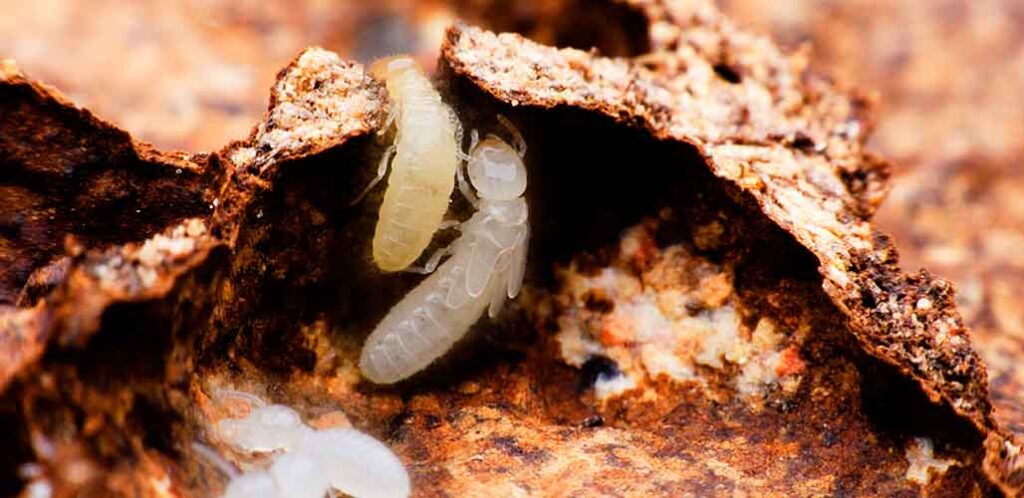
The tiniest termites in any colony are the worker termites. Worker termites typically measure anywhere from one-eighth to three-eighths of an inch in length and are white, blind and wingless. Up to 90 percent of all termites in a colony will be workers.
Soldier termites

The wingless soldier termites rank slightly higher than the workers and these termites can measure up to three-quarters of an inch in length. They are also pale but have darker colored heads. Up to four percent of termites in a colony may be soldiers.
Alates or swarming termites
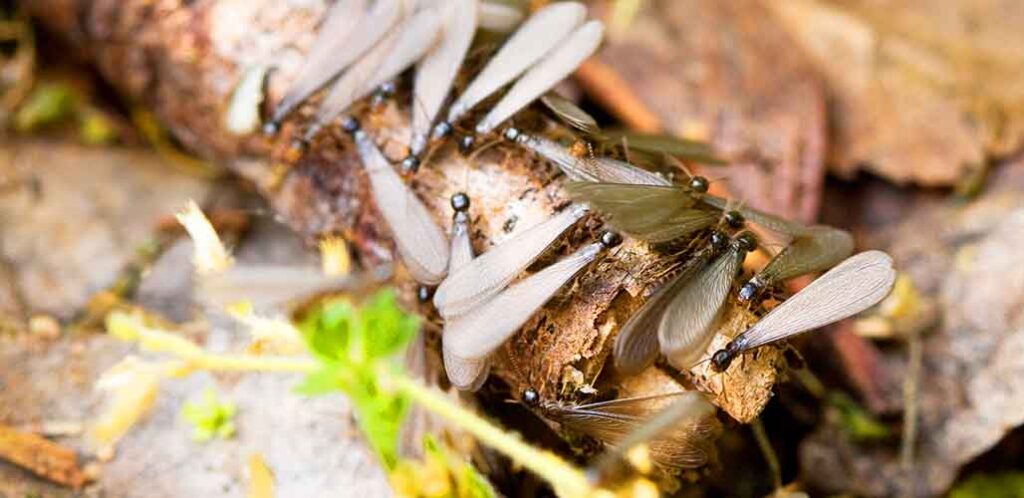
Termites tasked with reproducing are called reproductives, swarmers or alates. These termites have eyes and wings so they can fly around and find mates. Swarmers can measure up to one inch in length. They keep their wings until they become kings or queens to start a new colony.
King and Queen termite
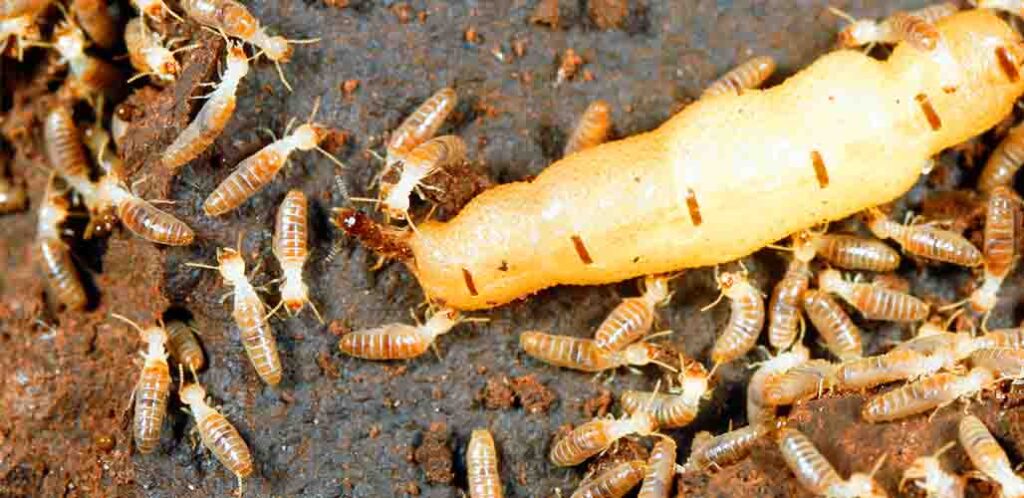
Speaking of termite kings, these larger termites within the colony often grow up to one inch long. And then of course there is the queen of each colony, a singular insect that can measure up to a whopping four to six inches in length and live up to 20 years.
How Big Are Termites With Wings?
The only termites in any termite species that will have wings are the swarmers. These are the only termites that need wings – workers and soldier termites do not need to fly to do their jobs.
Here again, winged termite sizes can vary from one species to the next. The typical size range for flying termites is between three-eighths of an inch and one inch in length depending on species and type.
How Do You Tell If It’s Termites?
So how can you tell if the unidentified insect you are looking at is a termite? Are there any identifying features that stay constant across termite species and different roles within the termite caste system?
While many people unofficially call termites white ants because their body shape and size can appear similar to ants, there are actually three key differences you can look for to tell the two insect species apart.
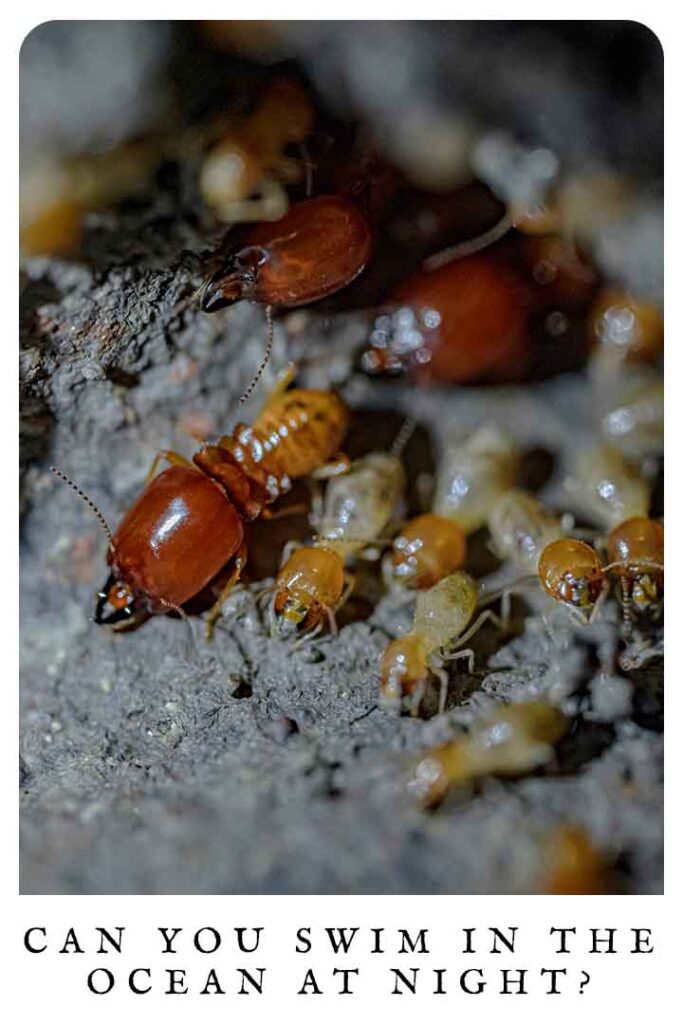
Termite bodies and antennae
Unlike ants, termites do not have segmented bodies. They do not have narrow waists or antennae that bend. Termites have straight bodies and straight antennae whether they have wings or not.
Wings
Another key difference to watch for is ant vs termite wing size. While ants have two different size wings and the forewings are larger than the hind wings, with termites all four wings are the same size.
Termite color
Another important distinction in termites vs ants is color. Termites tend to be paler in color than ants across the spectrum. This is especially true when comparing flying termites versus flying ants.
Another interesting fact is that ants are a primary predator of termites. So if you do happen to see ants and termites together, it is highly likely one species is trying to eat the other!
What Other Bug Looks Like a Termite?
The ant species that is most commonly mistaken for a termite is the carpenter ant. To further add to the confusion, carpenter ants get their name from their habit of chewing on wood. This shared habit can make it especially easy to mistake carpenter ants for termites.
However, carpenter ants do not chew wood to eat it. They chew wood only to bore through it to find a food source they can eat. Contrast that with termites, who chew wood to eat it. Wood is a termite’s primary food source.
This also means you are much more likely to see carpenter ants out in the open, perhaps sitting on or flying to and from a wood structure. Termites that have found a wood food source will happily live out of sight inside it while eating their fill.
The only time you will see large numbers of termites out in the open is during a swarm. Different types of termites swarm at different times and only when their current colony has reached capacity.
Are Termites Different Sizes?
Now you know that termites are different sizes. More importantly, you are now aware termite size can vary not just across species but even within a single termite colony.
Because termites don’t all look the same, this can make it more challenging to correctly identify whether the insect you just saw is in fact a termite. A pest professional familiar with local termite species can make the identification process easier.
Have you had experience with termite infestation? What helped you verify that you were dealing with termites so you could take action to evict the invaders? Share your stories in the comments.
More Bugs and Beasties
- Are mice repelled by salt?
- What is coming out of my lawn?
- Why are blowflies on my plants?
- Can white oil get rid of caterpillars?
References
- Mariod et al. “Macrotermes bellicosus Termite.” Unconventional Oilseeds and Oil Sources, 2017.
- Zukowski et al. “A Comparison of Morphology among Four Termite Species with Different Moisture Requirements.” Insects Journal, 2020.
- Chan et al. “Drywood and Dampwood Termites.” University of Florida Fort Lauderdale Research and Education Center, 2022.

